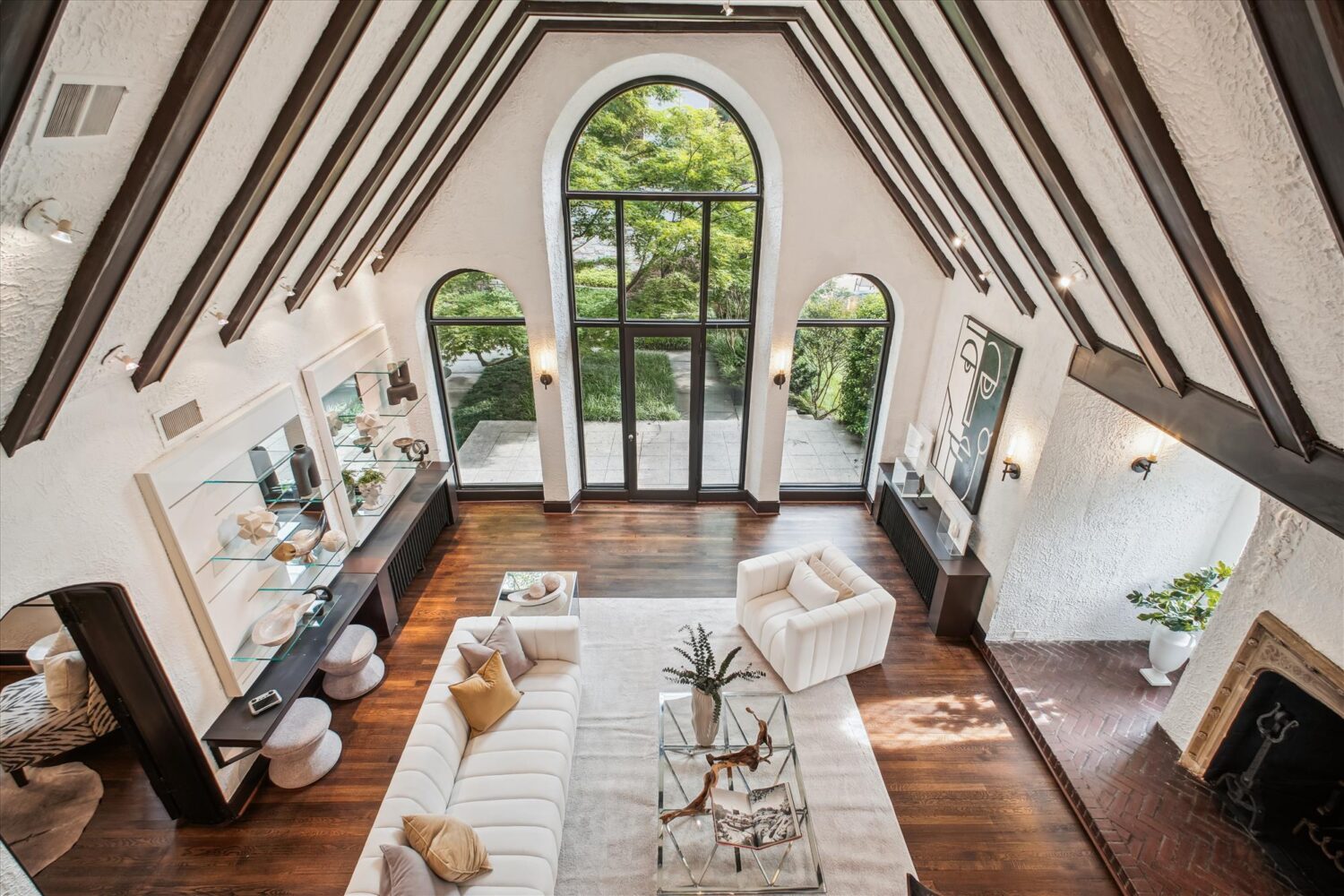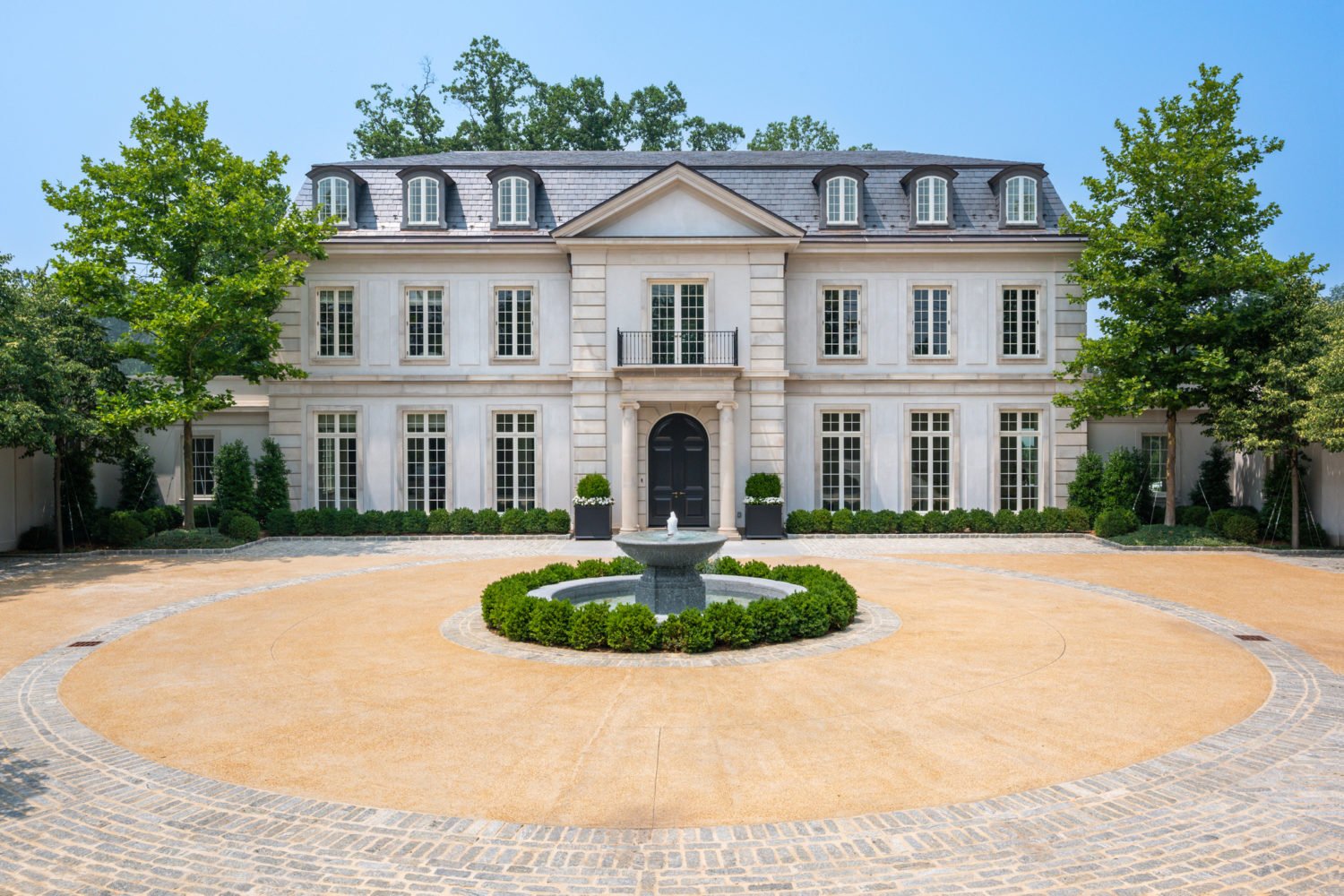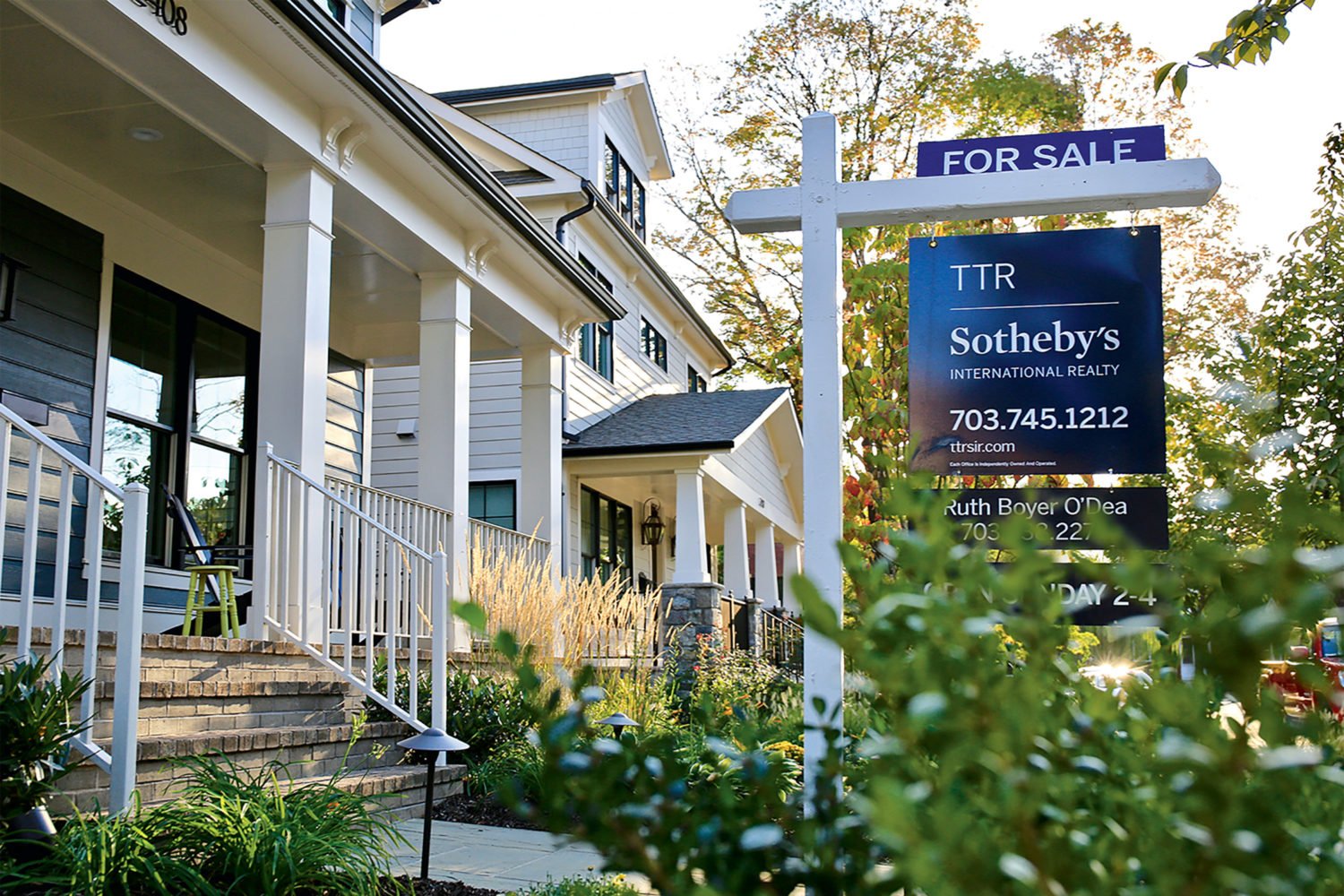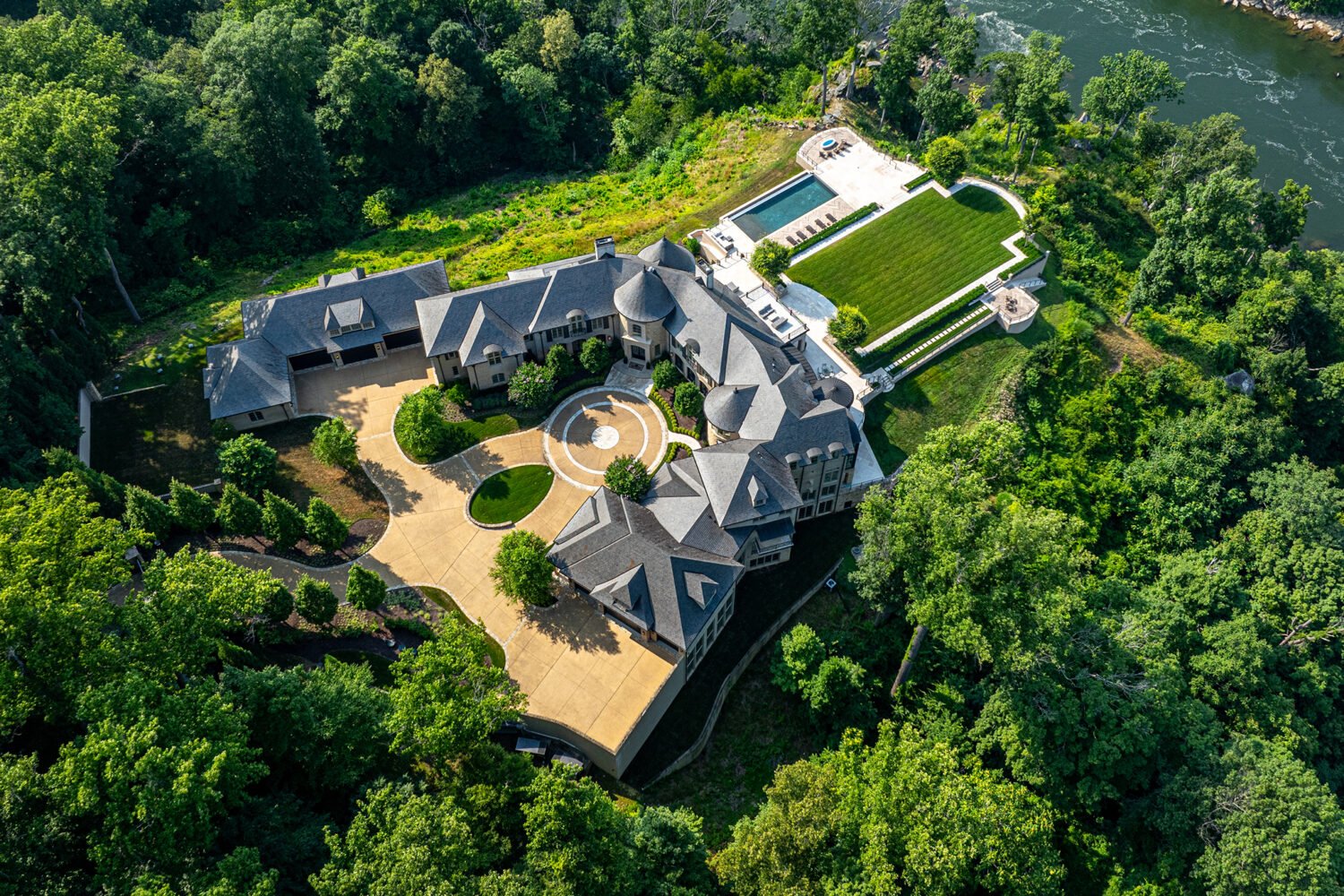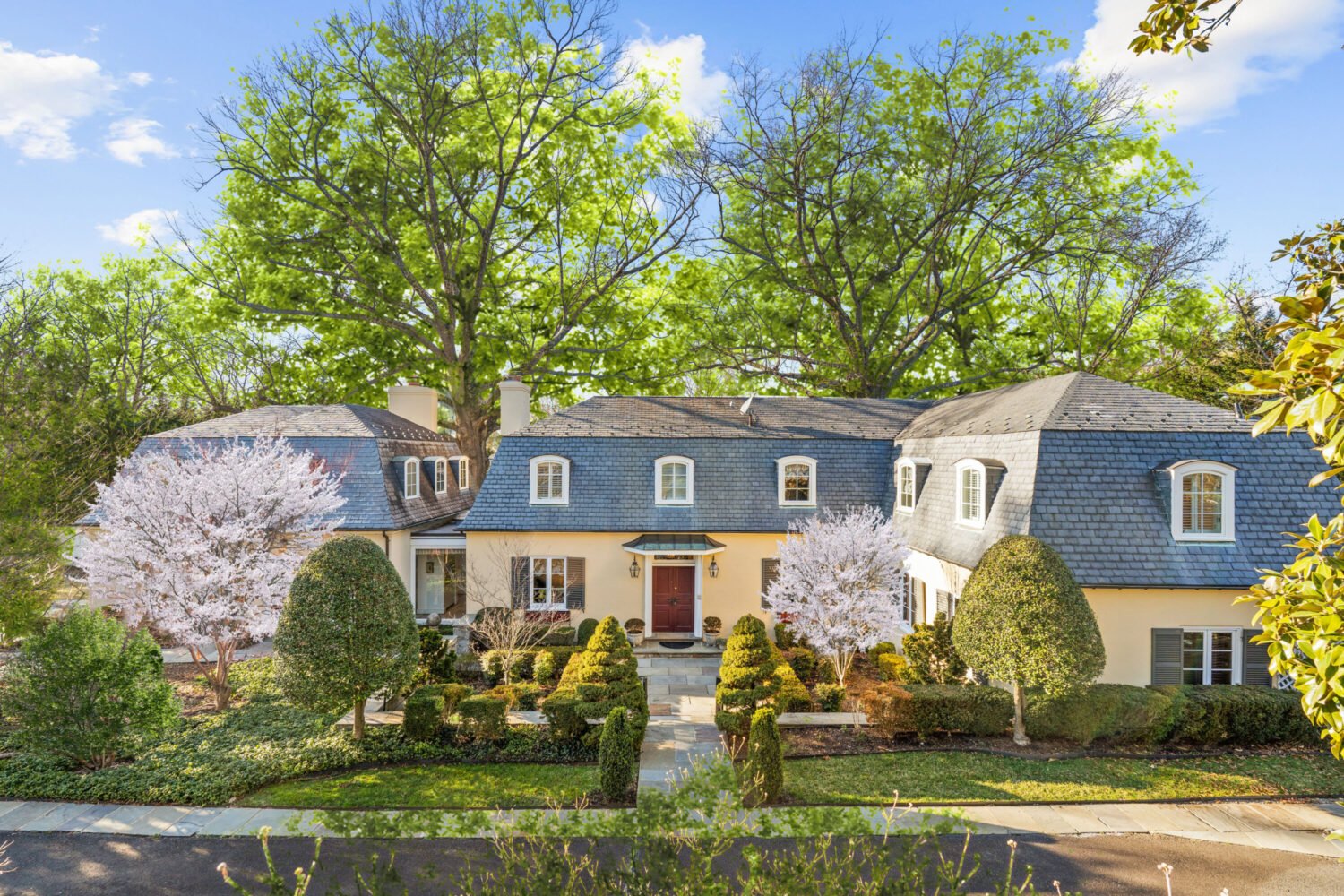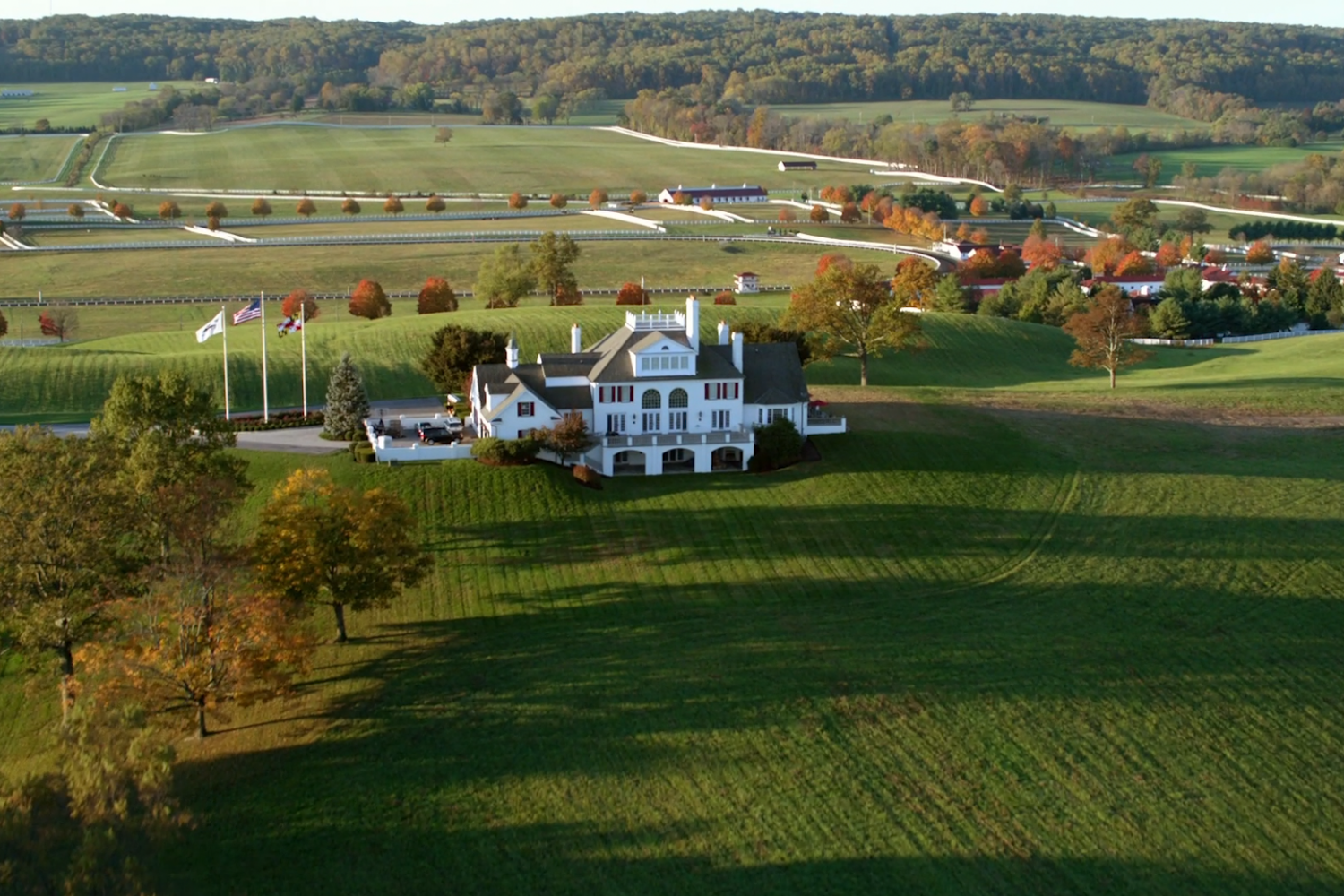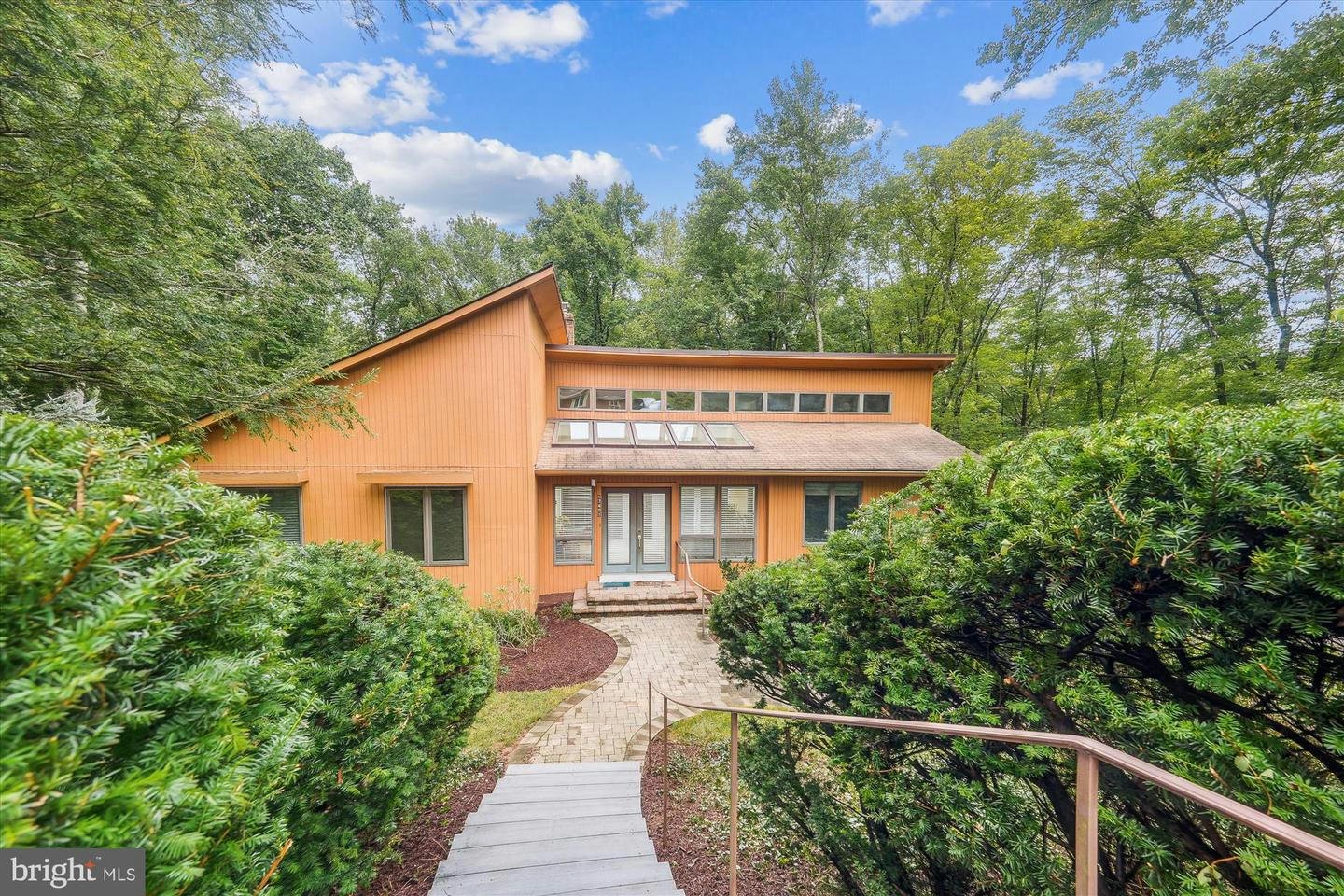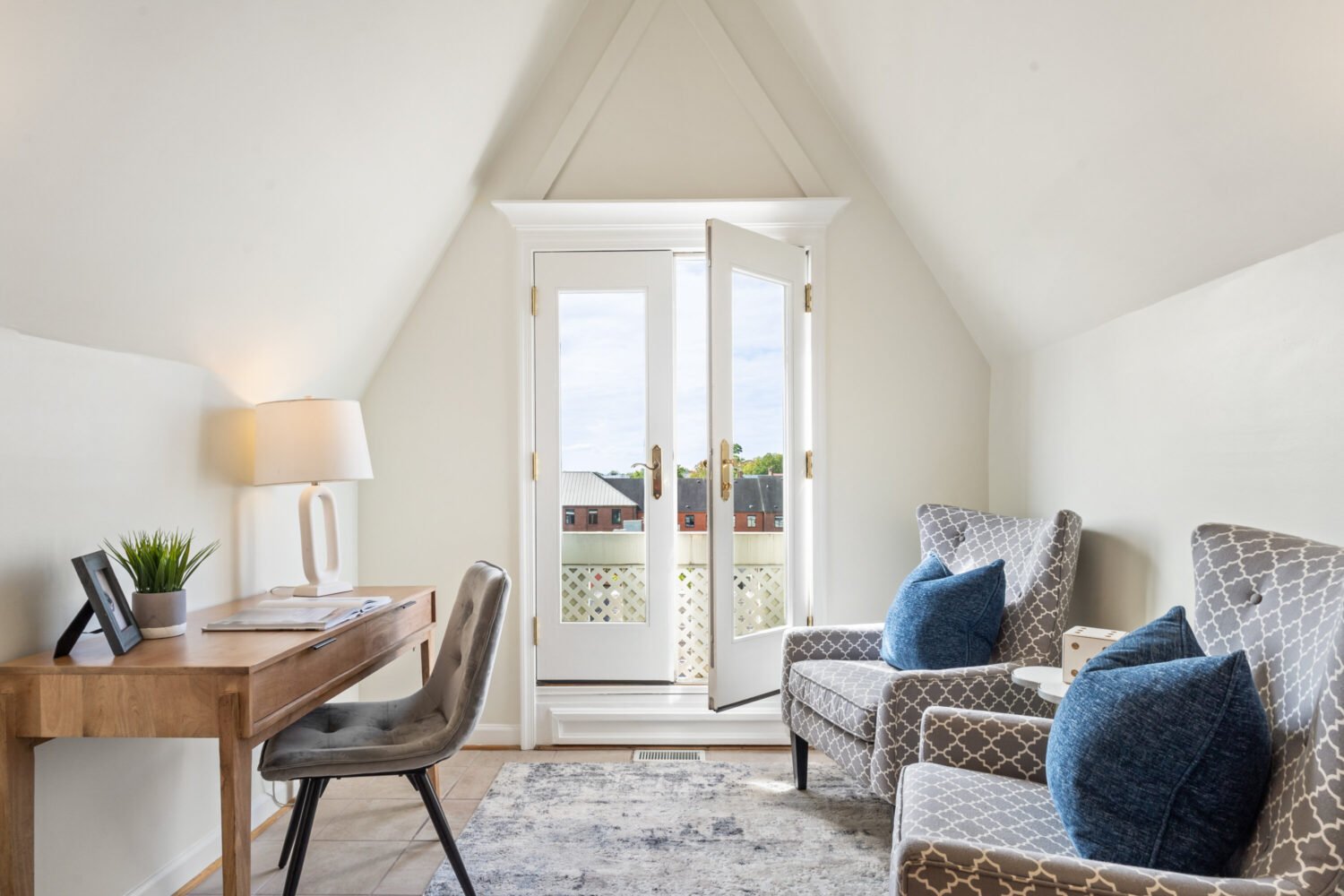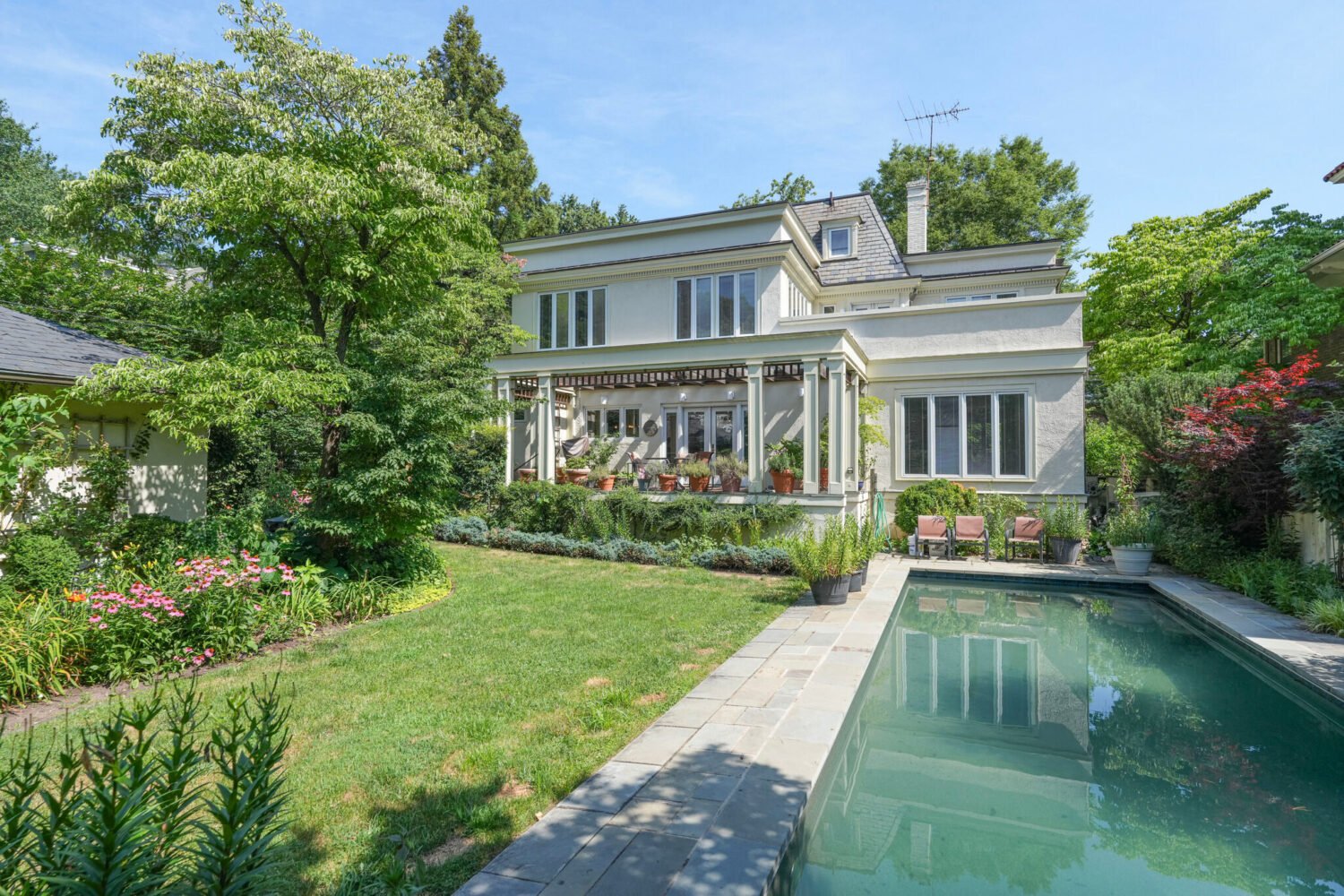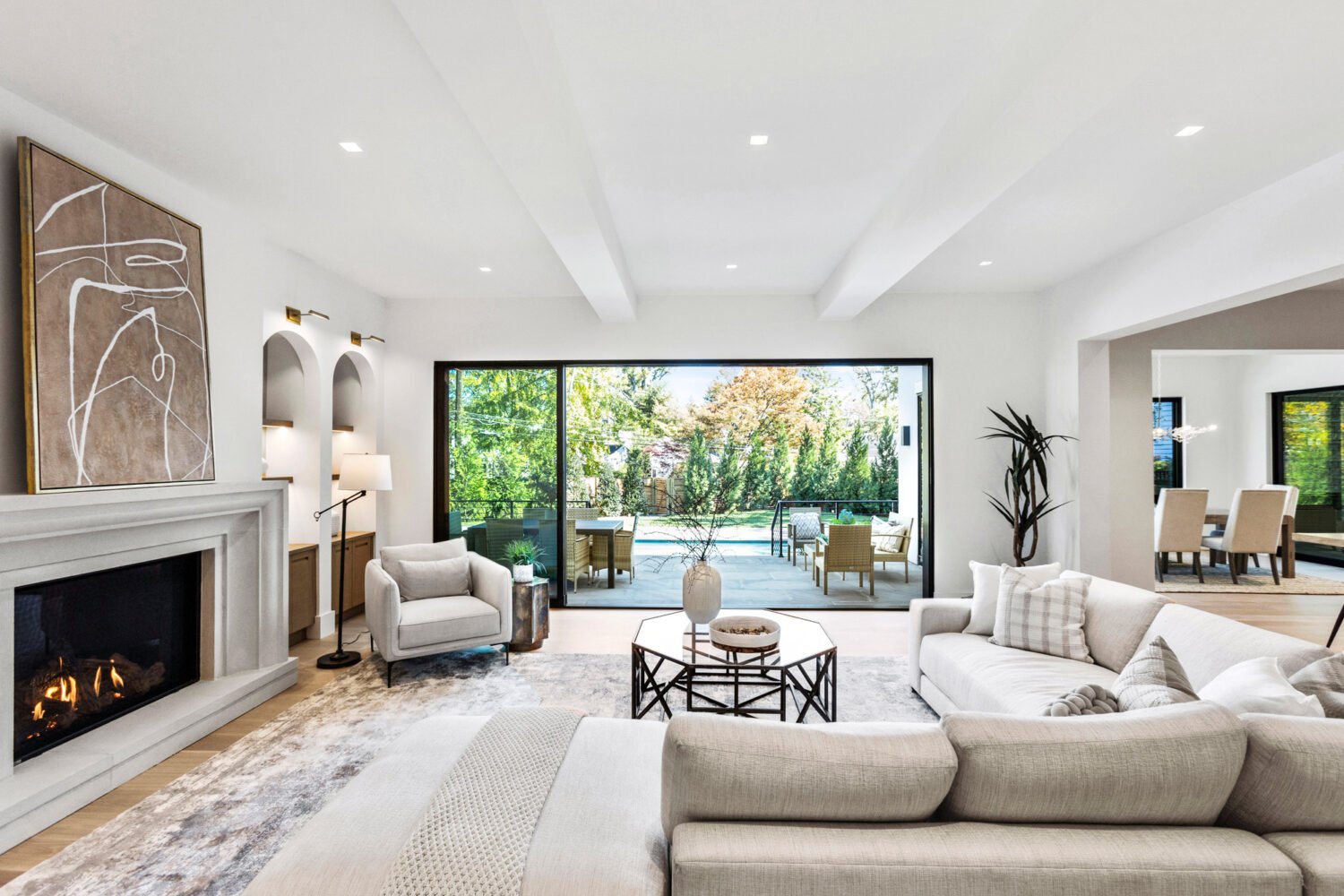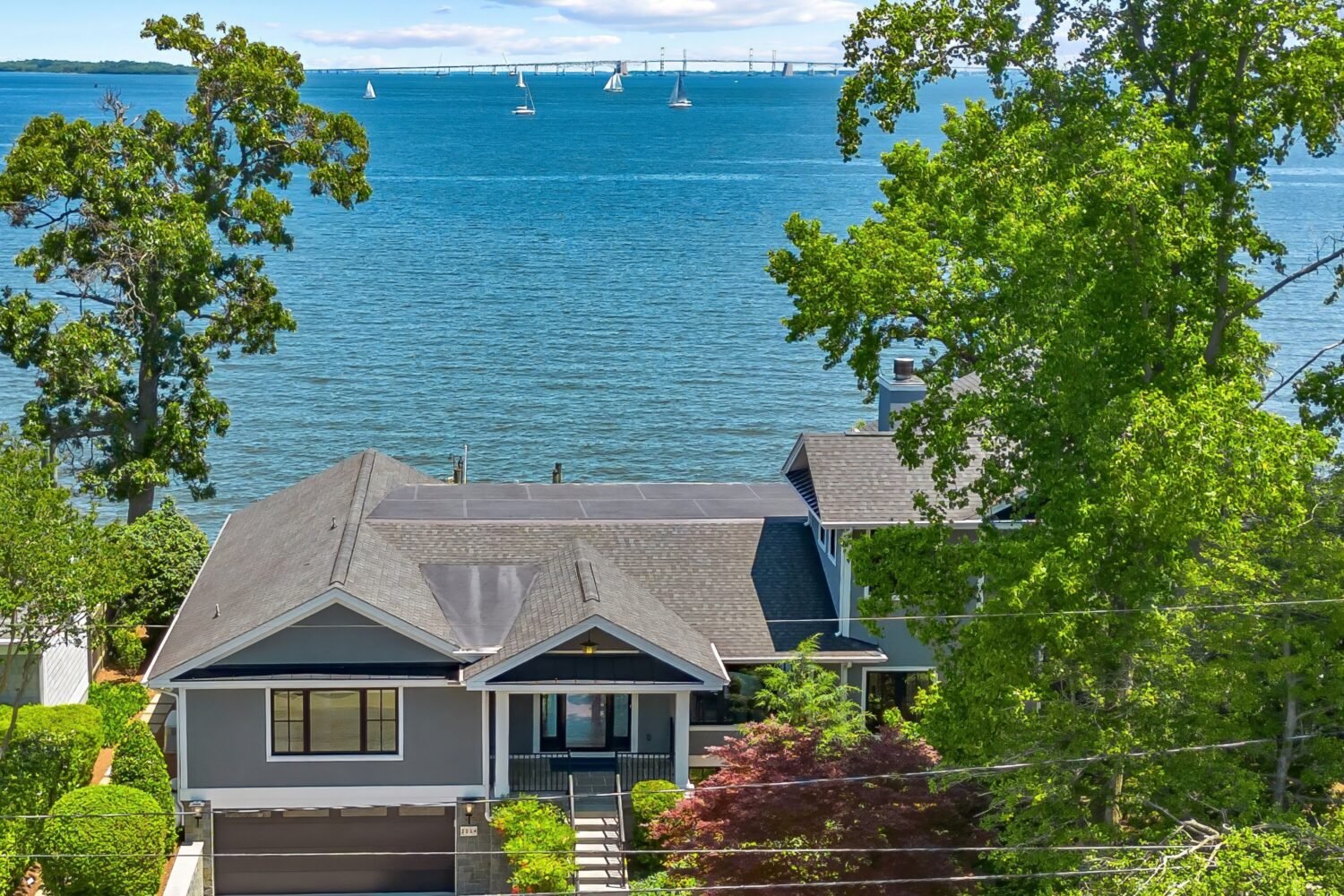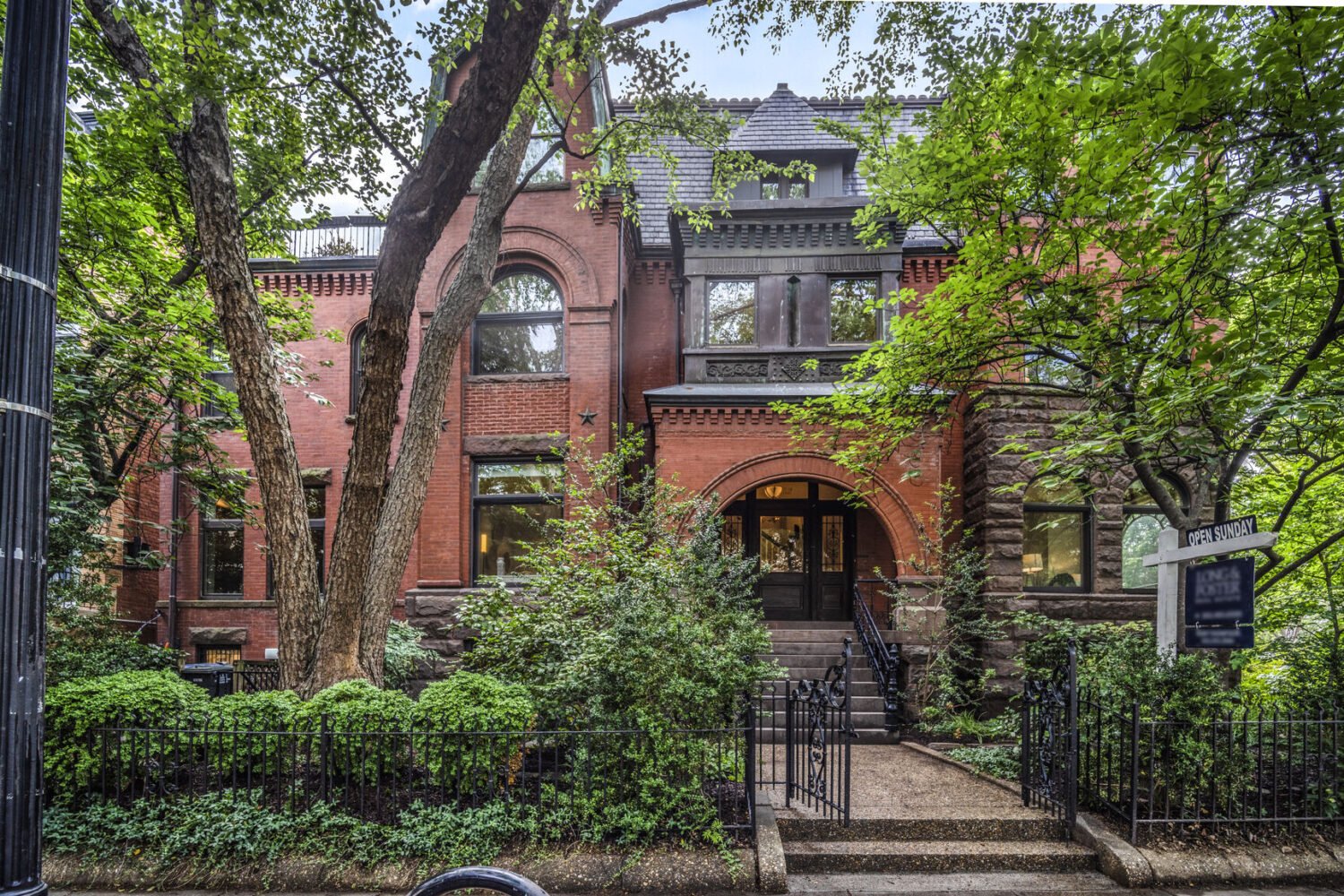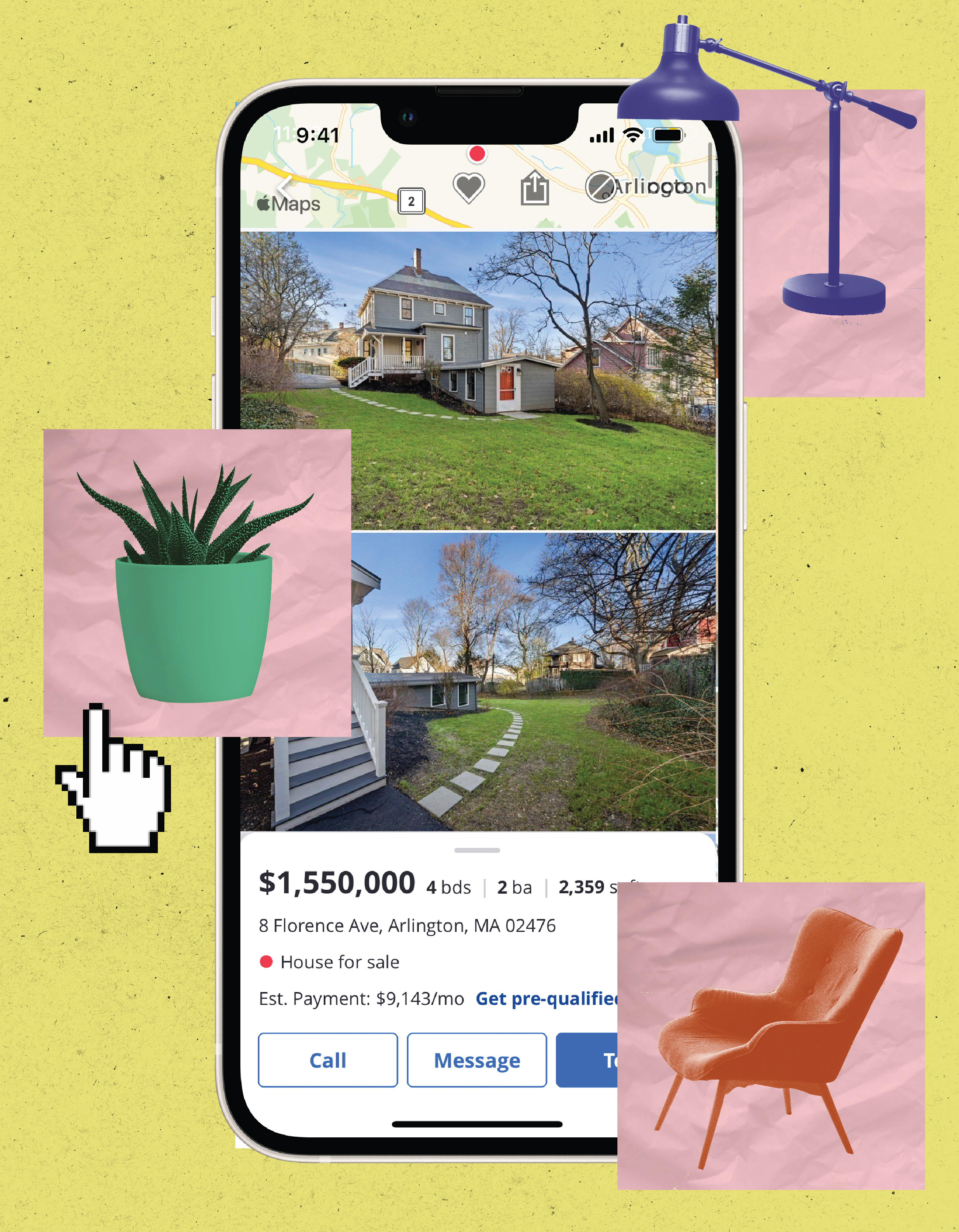

As a teenager, Rebekah Entralgo and her mom would tour open houses, roaming expensive homes and imagining their lives there. (It was all very Lady Bird.) Today, both women still rent: Entralgo’s mother in Florida and Entralgo in DC. Both hope to own a home eventually. But given current housing costs, “it feels like a fantasy,” says Entralgo.
So the 27-year-old journalist indulges her homeowner dreams online from her Hill East apartment. Sometimes she’ll explore Zillow properties in the city, or the destination on whatever show she’s watching. (She’ll peruse Salt Lake City while Real Housewives plays.) She also subscribes to Manifesting Mid-Century, a newsletter from Maryland real-estate agent Amanda Dukehart featuring local midcentury and contemporary listings.
If you’re a fellow renter with dreams of someday owning property, Entralgo’s habits probably hit very close to, ahem, home. With today’s content overload, it’s easier than ever to do what we’ll call “housing browsing”: There are home-decor and real-estate shows on HGTV and Netflix, the Zillow app, newsletters and TikToks and Instagrams dedicated to unusual listings, Architectural Digest’s YouTube tours, Pinterest—the list goes on.
Housing browsing isn’t anything new. Surely, early cave dwellers returned home after a night at a neighboring grotto and asked their mates, “What did you think of that horse painting on their wall? Should we get some art in here?” But when pandemic lockdowns made the apartment-bound feel as if the walls were inching ever closer, hunger for escapist content skyrocketed.
By November 2020, Zillow was shattering its own records—monthly unique visitors were up 21 percent from 2019, and page visits were up 1.5 billion. Of course, some of this traffic was people taking advantage of the market to actually purchase a home, but plenty was likely due to browsers, too. By early 2021, evidence of our collective obsession with scrolling listings was everywhere, from Instagram accounts like Zillow Gone Wild (launched in December 2020, with 1.7 million followers today) to a 2021 Saturday Night Live sketch parodying millennials’ fixation with stalking real estate.
It’s what Zillow spokesperson Tyrone Law calls “Zillow surfing”—a.k.a. “one of America’s favorite pastimes,” he says.
Housing browsing isn’t the exclusive province of younger generations. People of all ages can lust after the bigger or nicer home next door (or in that open Zillow tab). But this voyeurism holds a different kind of sway for younger people who might see property ownership as a far-off dream, given that it’s never been harder for a first-timer to buy a house. The starter home has all but vanished, and according to the National Association of Realtors, today’s typical first-time buyer is 36 years old—the highest median age ever—while the share of first-timers is at its lowest: just 26 percent. All of which means it’s the perfect climate for these outlets to feed the fantasy that maybe you could snag the perfect house—or to develop unrealistic expectations about what that house will look like.
“Affording a home is a major challenge right now,” says Law. “Buyers’ budgets, especially younger buyers’, are stretched, and many are temporarily pulling back from the market. But we should not confuse the inability to buy a home with a lack of desire to buy.”
Entralgo is all too familiar with that feeling. She wants to buy—and gets lots of encouragement to do so from her mother-in-law, a real-estate agent—but her financial reality keeps her renting. “It’s interesting being caught between these two worlds,” she says. “I feel trapped in the middle, and a lot of other people feel that way, too.”
The American Dream
As a kid, Shruti Valjee spent hours watching Trading Spaces. As a 32-year-old healthcare adviser, she plays the online home-design game Redecor, scrolls Zillow, and watches shows such as Selling Sunset and Dream Home Makeover. “It lets you daydream a little bit,” she says. “[It’s about having] your home feel like a place you’re super-proud of, that you’ve worked for, that you can invite other people into and host and entertain. That is the dream.”
Her current setup is . . . not quite the dream. Though her husband swore in his wedding vows that they’d have an in-unit washer/dryer, they’re still renting and working remotely from a two-bedroom Arlington apartment without said appliances.
As they both save, plan, and strategize—should they cave and buy something small and not quite right in DC or go back to Pittsburgh, where Valjee grew up and costs are lower?—Valjee finds that housing browsing fills the void. “[It] feeds into the ‘Oh, man—what could be!’ ”
Valjee was born in South Africa, and her husband’s parents were born in India. “The immigrant story [is] certainly a part of this,” she says of her housing fascination. “For immigrant families, [owning a home is] a symbol of I’ve worked my way to achieve this, in an area that is unfamiliar to me, and nobody in my family has done this before.”
While Valjee sees herself and fellow millennials diverging from the more traditional life paths of their parents—getting married or having kids later, for instance—the idea of buying a house has endured, she says. “That homeowner piece—even though I want to do things my way, I don’t want to do things like my parents’ generation—that is a thing I wish I had,” she says. “It’s a symbol of success.”
And even some millennials who have managed to buy still house-browse to daydream about what they could have if only prices were lower.
Lindsay is a 35-year-old diplomat currently stationed in Colombia, who asked to go by her first name for job-security reasons. Before she left, she and her wife bought what Lindsay calls a “tiny” one-bedroom Adams Morgan condo with the help of a DC homebuying assistance program. Still, the place is small, and they want to have kids eventually, so Lindsay opens Redfin or Zillow to fantasize about the bigger place she could have when she returns to Washington.
As she scrolls, her mindset is “smack in the middle” of optimism and pessimism. A bigger home feels financially “far-fetched” right now, but she wants to believe in some meritocracy of opportunity, that “if we just keep working at it, we’ll get there.” After all, she says, “if you don’t have hope, or you don’t at least consider possibilities, what’s the point?”
Cribs, With a Twist
If you’ve skimmed local real-estate TikTok, you’ve likely seen Daniel Heider, CEO and founder of TTR Sotheby’s Heider real-estate group. His account, which has 3.4 million followers, shows top-tier local listings (starting price: $3 million). The opulent, high-energy videos feel like a reimagining of MTV’s Cribs, with a twist: These lavish dwellings are for sale, though it’s doubtful most viewers could afford them. Just under half of Heider’s audience is 18 to 24 years old.
Why does Heider think so many young people are ogling what they can’t have? What else? Voyeurism. “Real estate has become a form of entertainment,” he says. “There is just this quest for people to find out how other people live.” Besides, he adds, “I’ll want the 25-year-olds who can’t afford my listings right now in ten years when they can.”
@heider_realestate Something about this place is just magic🪄 Listed for $8,995,000 in Potomac, Maryland. #dreamhome #classichomes #homedesign #luxuryrealestate ♬ I Put A Spell On You – Annie Lennox
Agent Paniz Asgari of Compass’s Asgari Moore Group says housing browsing is also a means of research. “Gen Z and millennial renters are a generation of self-educators,” explains Asgari, who estimates that millennials make up 98 percent of her clients. Social media and other online resources have provided more access to information on wealth-building previously passed down largely from in-the-know parents to their children, she says. “[Home voyeurism] speaks to this spike of curiosity. They want to explore the idea of the life they want to build.”
It can also work to their detriment: Much like arriving on a Hinge date only to discover your match looks nothing like their pictures, plenty of would-be homeowners come to Asgari with a skewed sense of what’s out there, only to learn how misleading professionally staged depictions can be. “We do a lot of work in managing expectations,” she says. “[Sometimes] it’s like a balloon deflating.”
Another frustrating element of housing browsing is that it’s built on a false premise: that owning is always superior to renting. This is a popular, enduring misconception, but renting can be the more financially sound decision for any number of reasons. Interest rates can spike; home values can drop. But renters remain vulnerable to the whims of landlords and property developers, and it can often feel as though the only way to make the system work for you is to buy—in turn making some renters feel despondent.
That frisson—have-nots scrolling through the homes of the haves—complicates the escapist delight of housing browsing. As a reporter, Entralgo spends a lot of time researching America’s uneven wealth distribution. “It hits especially hard when I’m doing all this research on billionaire wealth,” she says, “and then am like, ‘Okay, time to go back home to my apartment and look at these houses on Zillow.’ ”
Keeping the Dream Alive
Amanda Dukehart, the real-estate agent behind Manifesting Mid-Century, the newsletter Entralgo loves, knows her readers are mostly looking at houses they can’t afford yet. She reaches about 800 subscribers between the ages of 25 and late thirties. Her newsletter’s average listing starts at $500,000 and can go up to $1.5 million—the upper range being out of reach for many of the first-time buyers who work with Dukehart.
But the homes, with their floor-to-ceiling windows, exposed-wood beams, and kitschy touches such as funky wallpaper, colored rugs, and pink bathrooms, provide a kind of escapist “romanticism” for young hopefuls. Amid a modern sea of manufactured sameness—prefab luxury condos, HGTV’s signature shiplap, the slick, empty nowhere-spaces that backdrop an endless array of influencer videos—these older homes, with history and personality and a point of view, beckon some unmet need.
What’s funny to Dukehart is how many of her clients subscribe to her newsletter after they become homeowners. Typically, she says, this happens when the client can’t afford what they want, so they settle for the next-best thing: a cute Craftsman instead of the midcentury dream home. She understands why even someone who just bought a house is still keeping the tab open, skimming for the next. “It doesn’t necessarily mean that they’re going to make that purchase now,” Dukehart says. “But it’s nice to keep the dream alive.”
This article appears in the April 2023 issue of Washingtonian.

